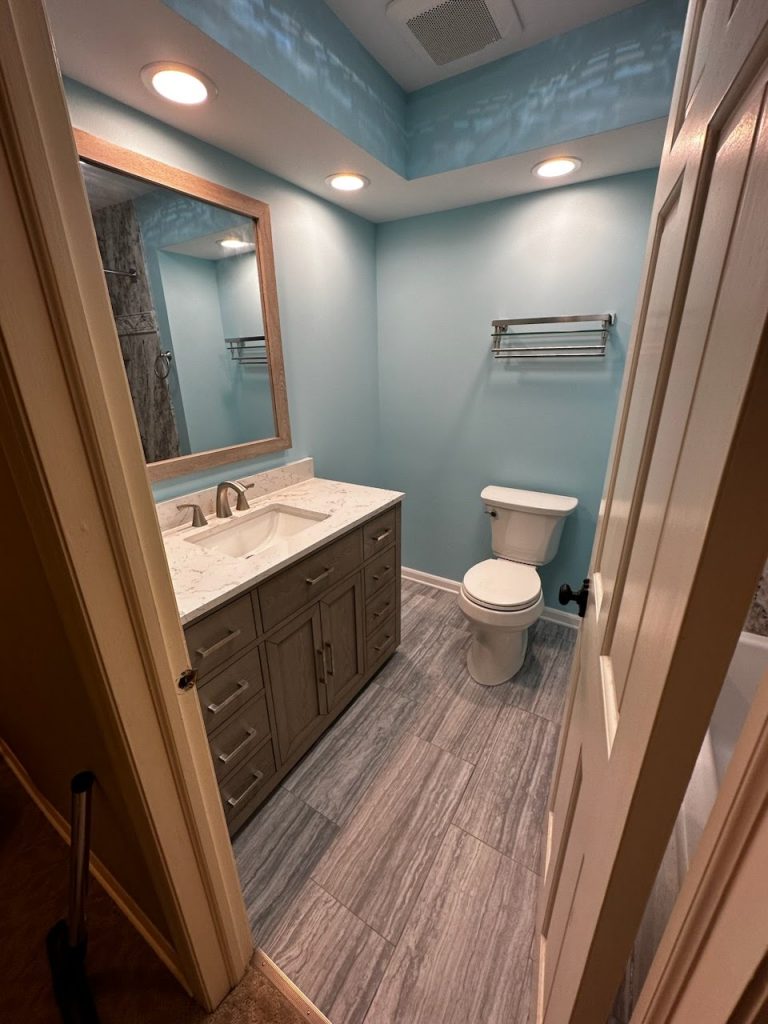Design, Build, Live the Custom Home Experience You Deserve
Designing and building a custom home is an exciting journey that allows you to create a space uniquely tailored to your lifestyle and preferences. From the initial concept to the final touches, the process offers endless possibilities for personalization. Whether you are looking for a spacious family home, a luxurious retreat, or an eco-friendly haven, the opportunity to bring your vision to life is within your reach. Every detail can be carefully selected, ensuring that your home becomes a true reflection of who you are. The first step in the custom home experience is the design phase, where your ideas and dreams begin to take shape. Working closely with architects and designers, you will discuss your goals, preferences, and functional needs. Whether it is the layout of the rooms, the style of the exterior, or the selection of materials, this stage is all about aligning your vision with practical solutions. The goal is to create a space that not only looks stunning but also serves the needs of your family for years to come.

Once the design is finalized, the building process begins, and that is when the excitement really kicks into gear. Experienced builders will bring the plans to life, carefully constructing each element with precision and attention to detail. Every stage of the build, from the foundation to the roof, is completed with the highest standards of quality. This new home builders south east melbourne is when you start to see your home taking form, and the anticipation of moving into a space made just for you becomes tangible. As your custom home nears completion, it is time to focus on the interior design and finishing touches. From selecting the right flooring and cabinetry to choosing the perfect lighting fixtures, these details enhance the overall aesthetic of your home. This phase allows you to add your personal flair to every room, whether through color schemes, textures, or unique design elements. It is the final step that transforms a house into a true home.
One of the greatest advantages of building a custom home is the ability to integrate modern technology and energy-efficient features. Many homeowners choose to incorporate smart home systems, advanced security features, and sustainable solutions that reduce their carbon footprint. From energy-efficient appliances to renewable energy sources like solar panels, the opportunities for creating a more sustainable and connected living space are endless. Living in your custom-built home is an experience unlike any other. It is a space that perfectly matches your taste, needs, and lifestyle. Every corner reflects the decisions you made, making it a deeply personal sanctuary. The pride of ownership and the comfort of knowing that every inch of your home was designed with you in mind create an unparalleled sense of satisfaction. It is not just about having a house; it is about creating a home that supports and enhances your life every day.





 Moisture Damage: Moisture is one of the biggest enemies of insulation. When insulation gets wet, it loses its effectiveness and can become a breeding ground for mold and mildew. If you notice signs of moisture damage in your insulation, such as discoloration, a musty odor, or visible mold growth, it is time for removal.
Moisture Damage: Moisture is one of the biggest enemies of insulation. When insulation gets wet, it loses its effectiveness and can become a breeding ground for mold and mildew. If you notice signs of moisture damage in your insulation, such as discoloration, a musty odor, or visible mold growth, it is time for removal.